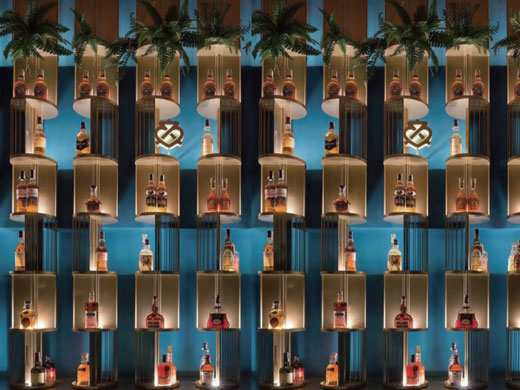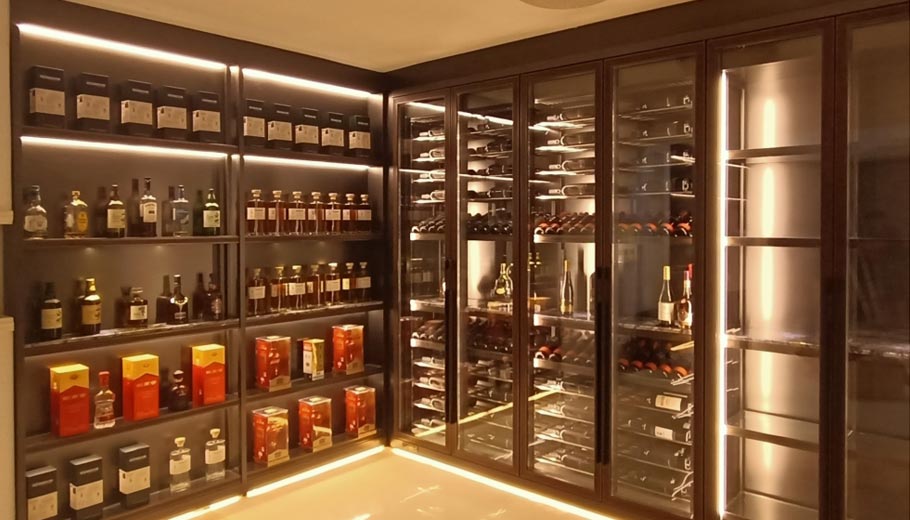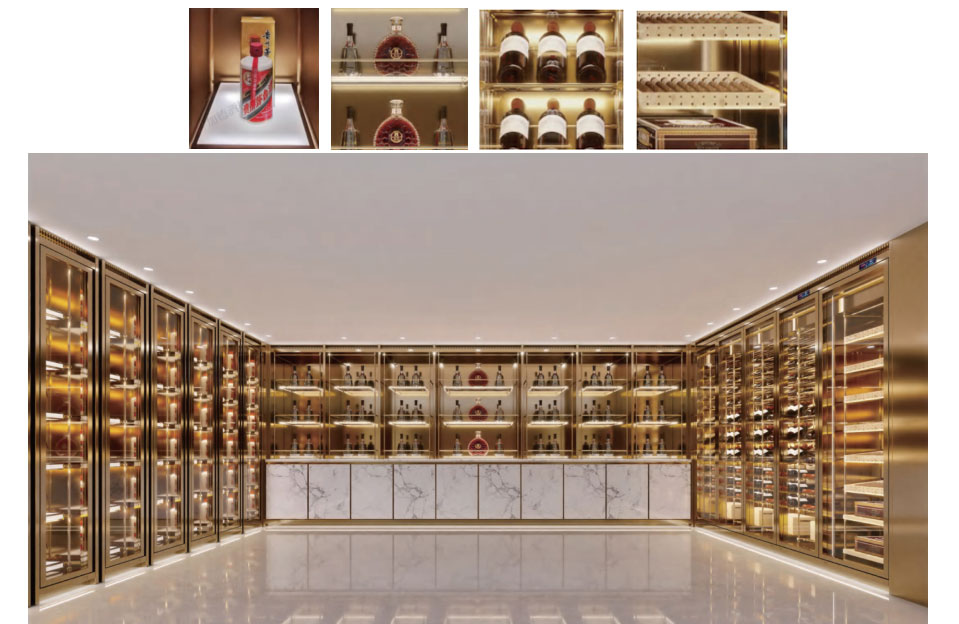Stainless Steel Wine Cabinets for Restaurants: Why They Are Essential?
In the modern restaurant industry, presentation and preservation go hand in hand. Guests today expect not only excellent cuisine but also a carefully curated wine selection that is served at the perfect temperature. Behind the scenes, one of the most important tools enabling this experience is the stainless steel wine cabinet. For restaurants, stainless steel wine cabinets are not just storage solutions; they are essential equipment that elevate wine service, maintain product quality, and reinforce the image of professionalism.
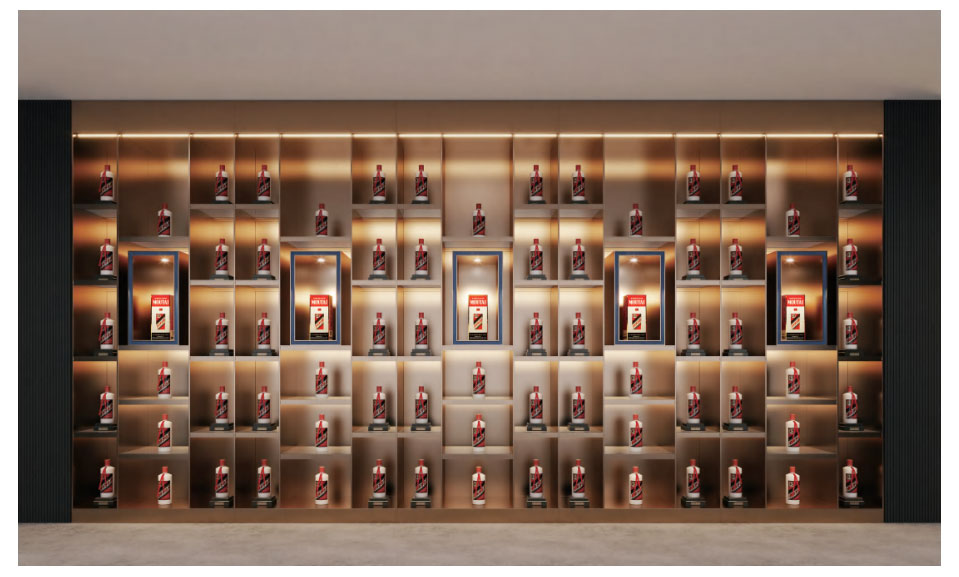
The Importance of Wine Storage in Restaurants
Wine is a delicate product that responds quickly to changes in temperature, humidity, and light. Poor storage can result in oxidation, spoilage, or loss of flavor complexity. Restaurants that invest heavily in building a diverse wine list risk wasting both money and reputation if they fail to preserve bottles correctly.
This is where wine cabinets step in. They create a controlled micro-environment, keeping wines at their ideal serving or aging conditions. By integrating advanced cooling systems, humidity control, and light protection, wine cabinets help sommeliers and restaurant owners guarantee that every bottle opened for a guest is in its optimal state.
Why Stainless Steel?
Wine cabinets can be made from various materials, but stainless steel has become the gold standard in the restaurant industry. Its popularity stems from a combination of durability, hygiene, and aesthetics.
Durability and Longevity
Restaurants are fast-paced environments where equipment must withstand heavy use. Stainless steel is resistant to corrosion, rust, and scratches, making it ideal for busy kitchens and dining areas. Unlike wood or plastic, stainless steel maintains its structural integrity and sleek finish for years.
Hygiene and Food Safety
Cleanliness is non-negotiable in hospitality. Stainless steel is non-porous, which means it does not absorb odors, stains, or bacteria. It is easy to clean and sanitize, meeting strict food safety standards. For wine cabinets placed in open dining spaces, this also ensures bottles remain safe and uncontaminated.
Temperature and Humidity Stability
Stainless steel enclosures have excellent thermal conductivity and insulation properties. Combined with precision cooling systems, these cabinets ensure that wines are kept at consistent temperatures—typically 12–18°C (55–65°F) depending on style. Proper humidity levels are also maintained to prevent corks from drying out.
Aesthetic Appeal
Stainless steel exudes modern elegance. In contemporary restaurants, the sleek metallic finish pairs well with industrial, minimalist, and luxury interior designs. When positioned in visible spaces, stainless steel wine cabinets become both functional equipment and statement pieces that reflect sophistication.
Customization and Versatility
Manufacturers often offer stainless steel wine cabinets in a wide range of sizes and designs. Whether a restaurant needs a compact under-counter unit for daily service wines or a large multi-zone cabinet to showcase premium vintages, stainless steel allows for modular, customized solutions.
Enhancing Guest Experience
For restaurants, the value of stainless steel wine cabinets extends beyond technical performance—they directly impact the guest experience. Guests are often impressed when they see a carefully arranged wine cabinet displaying an extensive collection. Transparent glass doors framed in stainless steel create an attractive presentation that elevates the perceived value of the wines offered.
Furthermore, consistency in serving temperature enhances the wine’s flavor profile, making the dining experience memorable. For high-end restaurants, this can result in increased customer satisfaction, stronger reviews, and repeat business.
Energy Efficiency and Sustainability
Modern stainless steel wine cabinets are designed with energy-efficient compressors and insulation technology. Restaurants benefit from reduced electricity consumption, which not only lowers operating costs but also aligns with sustainability goals. Stainless steel itself is a recyclable material, further contributing to eco-conscious restaurant operations.
A Competitive Edge for Restaurants
In a competitive hospitality landscape, every detail matters. Restaurants that invest in stainless steel wine cabinets position themselves as establishments that care about quality, professionalism, and guest satisfaction. They demonstrate to customers that the wine list is not an afterthought but an integral part of the dining journey.
Moreover, stainless steel wine cabinets help restaurants manage inventory better. With proper preservation, wines retain their value longer, preventing waste and ensuring profitability from premium bottles.
Conclusion
Stainless steel wine cabinets are more than storage—they are essential assets for restaurants seeking to combine functionality, durability, and elegance. From protecting wine quality to enhancing the dining atmosphere, these cabinets deliver benefits that directly impact customer satisfaction and long-term business success.
For restaurants looking to elevate their wine service, Meslier Stainless Steel Wine Cabinets are a trusted choice. As a professional supplier, Meslier provides high-quality, durable, and customizable stainless steel wine cabinets designed specifically for hospitality needs. With advanced cooling technology, stylish designs, and a commitment to excellence, Meslier helps restaurants preserve and showcase their wine collections with confidence.
Hot News
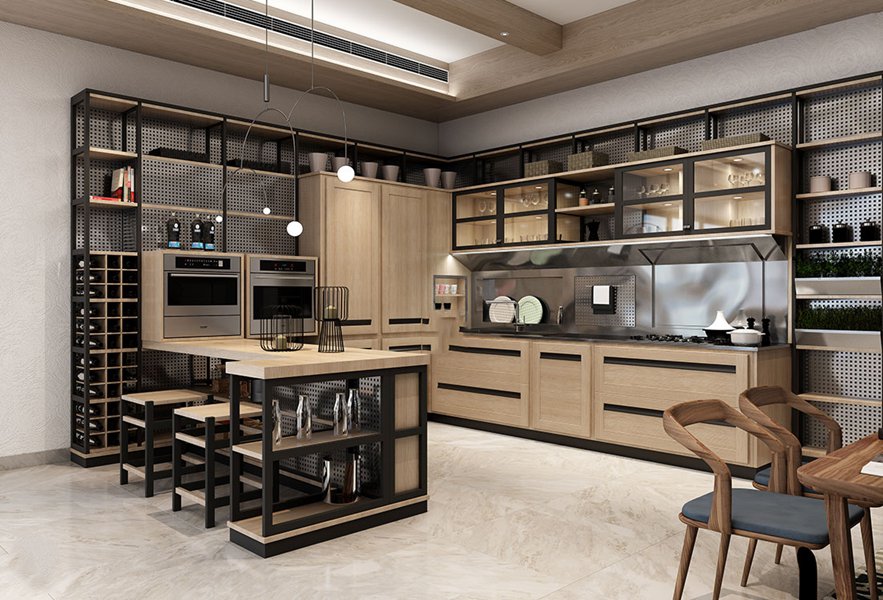
Best Outdoor Stainless Steel Cabinets: Features, Prices, and Buying Tips
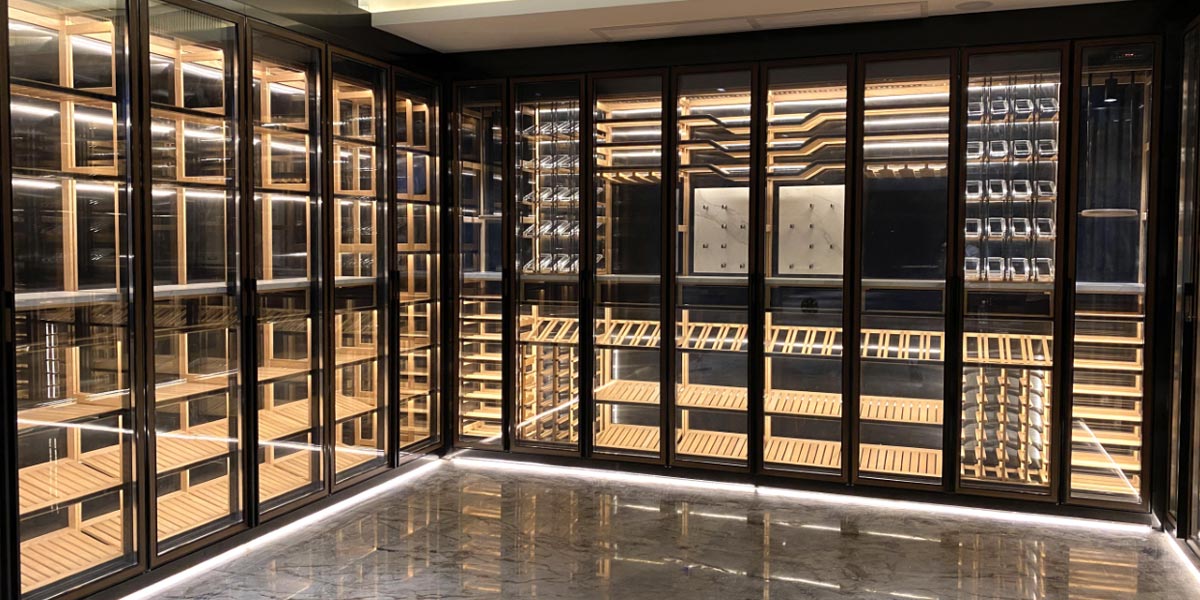
Built-in vs. Freestanding Stainless Steel Wine Cabinets
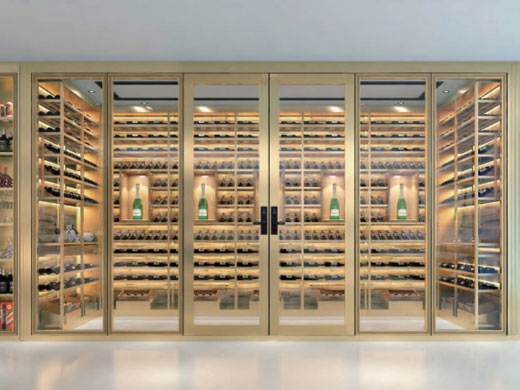
Stainless Steel Wine Cabinet: Ultimate Guide for Modern Wine Storage
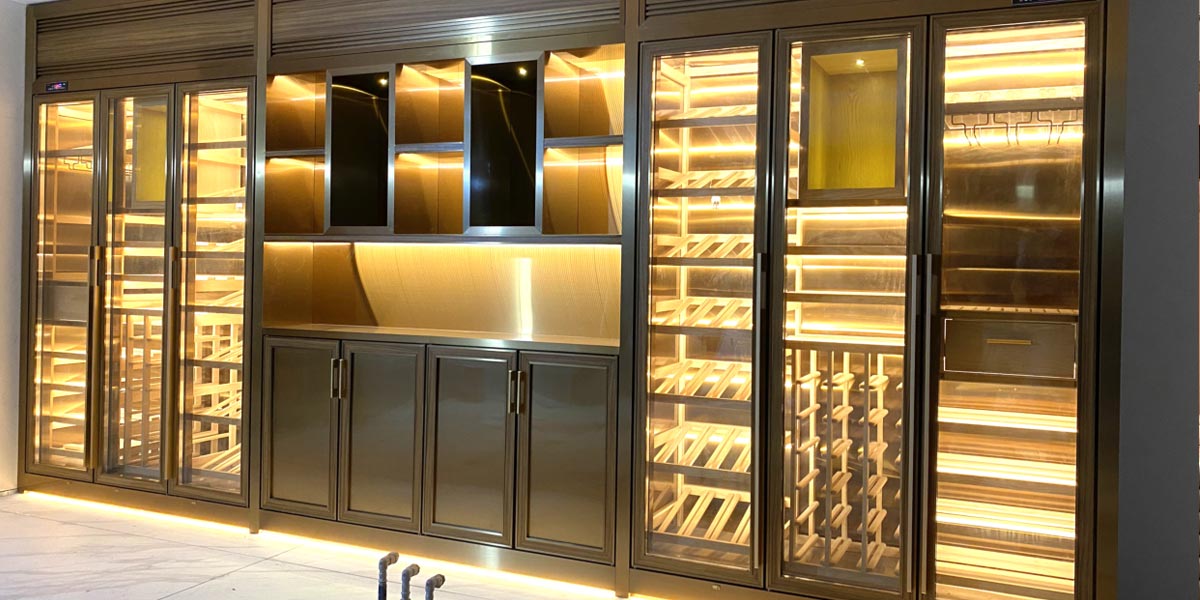
How to Choose the Right Stainless Steel Wine Cabinet: A Complete Buyer’s Guide
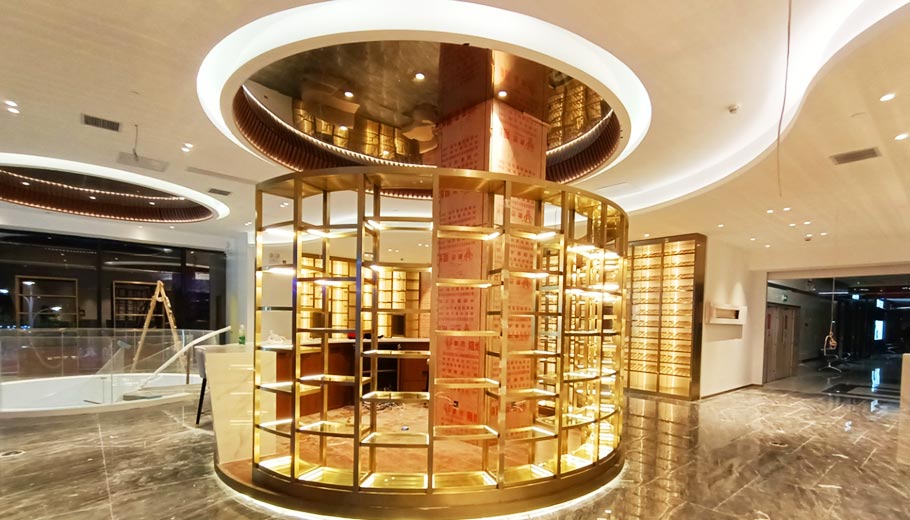
What Size Stainless Steel Wine Cabinet Do You Need?
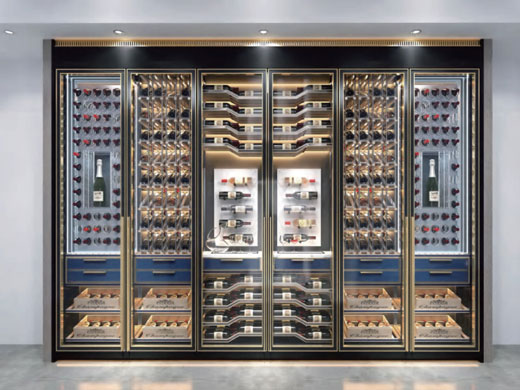
Single-Zone vs. Dual-Zone Stainless Steel Wine Cabinets: Which One Should You Choose?
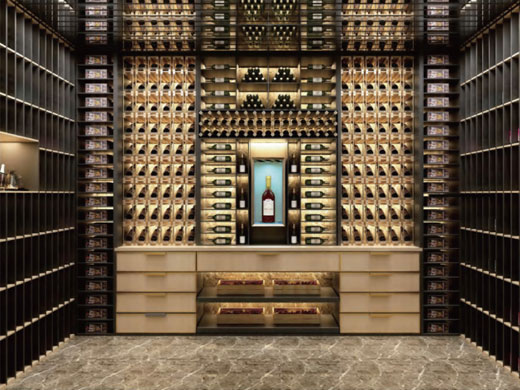
Best Commercial Stainless Steel Wine Cabinets for Bars & Restaurants
